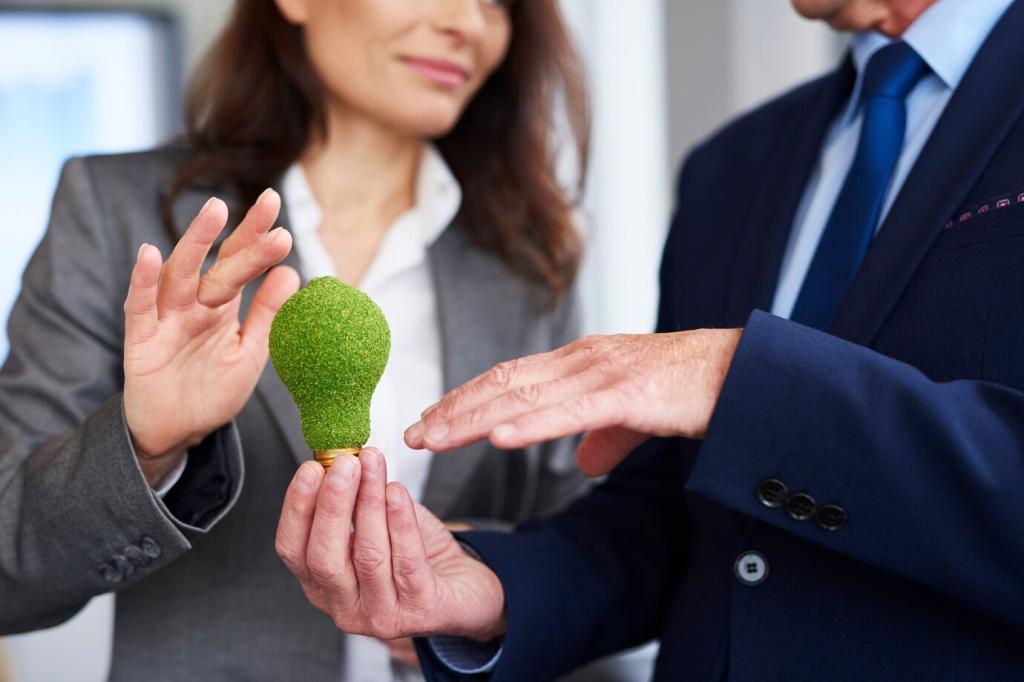
Eco-Friendly Kitchen Remodeling
Eco-friendly kitchen remodeling is more than a trend—it’s a commitment to creating a healthier, more sustainable home while reducing your impact on the environment. By making informed choices about materials, energy usage, and waste, you can design a kitchen that is both beautiful and responsible. Whether you’re planning a full renovation or simply updating a few features, embracing eco-friendly practices ensures that your kitchen stands the test of time while preserving natural resources and promoting better indoor air quality.
Recycled Countertops
Recycled countertops, made from materials like glass, paper, or reclaimed wood, offer an eco-conscious alternative to traditional stone or laminate. These surfaces boast impressive durability, diverse color options, and distinctive styles, making them a visually and environmentally appealing choice. By selecting countertops crafted from recycled or upcycled materials, you minimize waste that would otherwise end up in landfills, conserve valuable resources, and support the market for sustainable building products. Additionally, many recycled countertops require less energy to produce, further decreasing their environmental impact.
Responsibly Sourced Cabinets
Cabinets set the tone for your kitchen’s style and play a significant role in your remodel’s sustainability. Look for cabinetry constructed from rapidly renewable woods such as bamboo, or those certified by organizations like the Forest Stewardship Council (FSC). Eco-friendly cabinets may also use recycled wood or low-emission adhesives and finishes, reducing fumes and indoor air pollution. Sourcing locally or regionally can cut down on transportation emissions while supporting community economies. By prioritizing responsibly sourced cabinets, you create a kitchen built to last without compromising the environment.
Renewable Flooring Options
Flooring forms the foundation of both style and sustainability in your kitchen. Renewable materials like cork and bamboo are popular choices due to their rapid growth cycles and minimal environmental impact during harvest. These materials are also durable, comfortable underfoot, and offer natural resistance to moisture and pests. Additionally, reclaimed hardwood flooring gives new life to vintage planks, preserving history and minimizing demand for virgin resources. Choosing eco-friendly flooring ensures your kitchen is not only attractive but helps protect forests and support sustainable land management.
Previous
Next
Energy-Efficient Appliances and Lighting
Smart refrigerators represent a cutting-edge solution for eco-friendly kitchen upgrades. Equipped with energy-efficient compressors, insulation, and intelligent temperature management, these appliances use significantly less electricity than older models. Many smart refrigerators can adjust cooling cycles based on usage patterns, helping further reduce energy consumption. Wi-Fi connectivity allows for real-time monitoring and alerts, enabling better food management to cut down on waste. By choosing ENERGY STAR®-certified models, homeowners ensure they are making the most environmentally responsible decision.
Water Conservation Strategies

Low-flow faucets are designed to provide the same convenience and performance as standard fixtures while using significantly less water. Through aerators and advanced valve technology, these faucets maintain strong water pressure with a reduced flow rate, minimizing waste without compromising user experience. Installing a low-flow faucet in your kitchen can save thousands of gallons of water per year, contributing to greater water security in your community and lowering your overall utility costs, all while preserving the look of your kitchen’s design.
Indoor Air Quality and Non-Toxic Finishes
Low-VOC Paints and Sealants
Volatile organic compounds (VOCs) are chemicals emitted by many traditional paints and finishes, which can lead to indoor air pollution and affect respiratory health. Low-VOC paints and sealants provide the same depth of color and protection for your kitchen surfaces while minimizing harmful emissions. These products contribute to a healthier indoor atmosphere and are widely available in a variety of colors and finishes, making it easy to combine style with substance during your remodel.
Natural Stone and Wood Treatments
When sealing countertops and flooring, natural options like beeswax, tung oil, or plant-based sealants are safer alternatives to conventional chemicals. These non-toxic treatments protect surfaces from stains and moisture while preserving the beauty of natural materials. Their production generates fewer pollutants, and application is safer for both installers and residents. Choosing natural treatments is an integral part of a holistic, eco-friendly design that supports both environmental and personal health.
Ventilation Solutions
A well-ventilated kitchen is essential for maintaining good air quality, especially when cooking. Installing a high-quality range hood or exhaust fan can effectively remove airborne grease, smoke, and odors, preventing buildup of indoor pollutants. Modern systems often feature energy-efficient motors and filters that capture fine particles without excessive power use. Optimizing kitchen ventilation not only improves comfort and air quality but also extends the life of appliances and finishes by reducing exposure to moisture and contaminants.
Reusing and Repurposing Existing Elements
Instead of replacing entire cabinetry, refacing involves updating only the cabinet doors and hardware while keeping the original structure intact. This method saves materials from landfills and requires significantly less new wood, adhesives, and finishes. Refacing gives cabinets a fresh, modern appearance at a fraction of the environmental and financial cost of full replacement, making it a smart choice for eco-conscious remodelers.


Deconstruction Over Demolition
Deconstruction is a process that carefully dismantles existing kitchen components rather than smashing and discarding them. Salvageable materials—such as cabinets, hardware, appliances, and fixtures—can be reused onsite or donated to building material reuse centers. This approach maximizes recovery, minimizes landfill contributions, and can offer tax incentives for donated items. Deconstruction fosters a mindset of stewardship and consideration, extending the life of valuable resources while enabling others to benefit from your remodel.

Donation and Recycling Programs
Before tossing out old cabinets, appliances, or lighting, explore donation or recycling programs in your area. Many charities gladly accept furniture and home goods, redistributing them to those in need or reselling them to support worthwhile causes. Recycling programs can process metals, glass, and certain plastics, reclaiming their raw materials for new products. Participation in these initiatives reduces your environmental impact and helps foster strong, sustainable communities.

Smart Waste Management
Smart waste management means planning for sorting, salvaging, and disposing of materials responsibly during your remodel. Setting up designated bins for recyclables, landfill waste, and reusable materials keeps debris organized and streamlines recycling efforts. Working closely with contractors who share your sustainability values ensures that as much material as possible is diverted from the landfill. Smart waste practices reduce cleanup time, limit environmental harm, and leave you with a kitchen you can feel great about.
Local Sourcing and Community Impact
Choosing locally manufactured cabinets, countertops, and fixtures minimizes the distance materials travel, directly reducing greenhouse gas emissions from transportation. Many local artisans use regionally sourced wood, stone, or recycled content, further lessening the environmental footprint. By prioritizing nearby suppliers, you help curb fossil fuel consumption and support more sustainable, transparent supply chains that benefit your community and the planet alike.
Hiring local craftsmen and tradespeople ensures your remodel dollars stay within the community, fostering economic growth and providing jobs. These professionals often offer greater flexibility, personal attention, and a keen understanding of regional building standards. By partnering with local experts, you may gain access to unique, handcrafted products, higher-quality workmanship, and a more engaged, collaborative remodeling experience tailored to your vision.
Your eco-friendly kitchen remodel can inspire and benefit others when you engage with community resources, such as green building cooperatives and local environmental organizations. Sharing your successes and challenges offers valuable insights for neighbors considering similar projects. Community-driven events and initiatives, like tool lending libraries or renovation workshops, can provide practical support and spark long-lasting relationships. A remodel rooted in community amplifies positive impact far beyond your own home.
